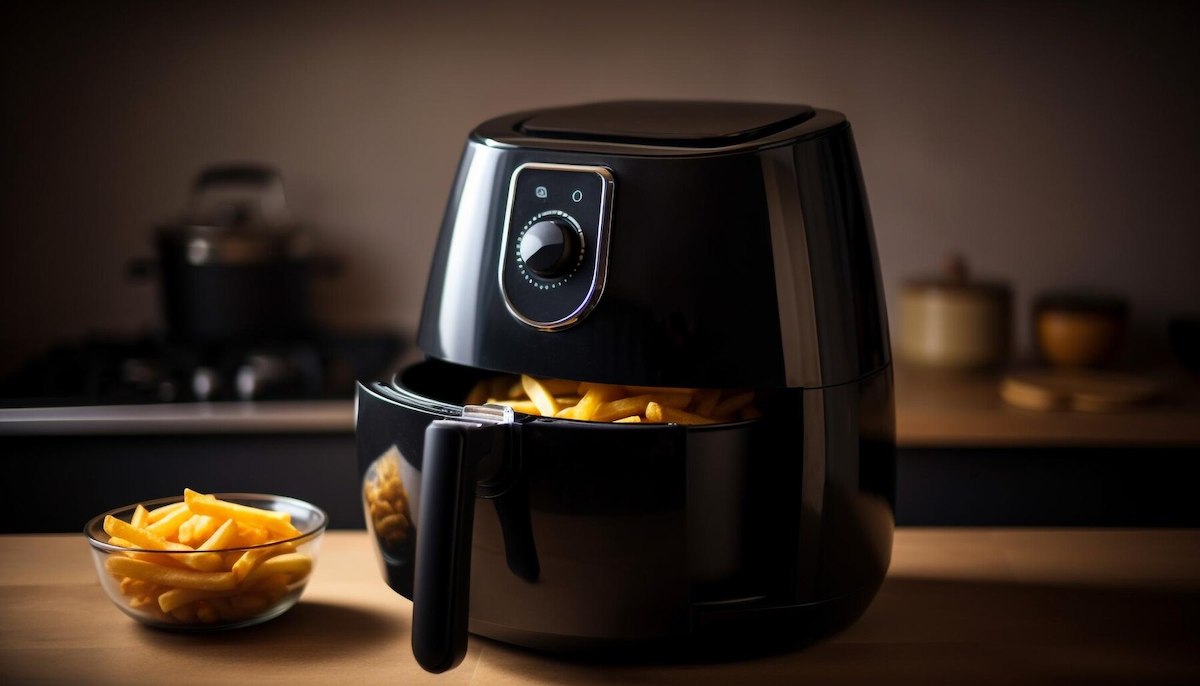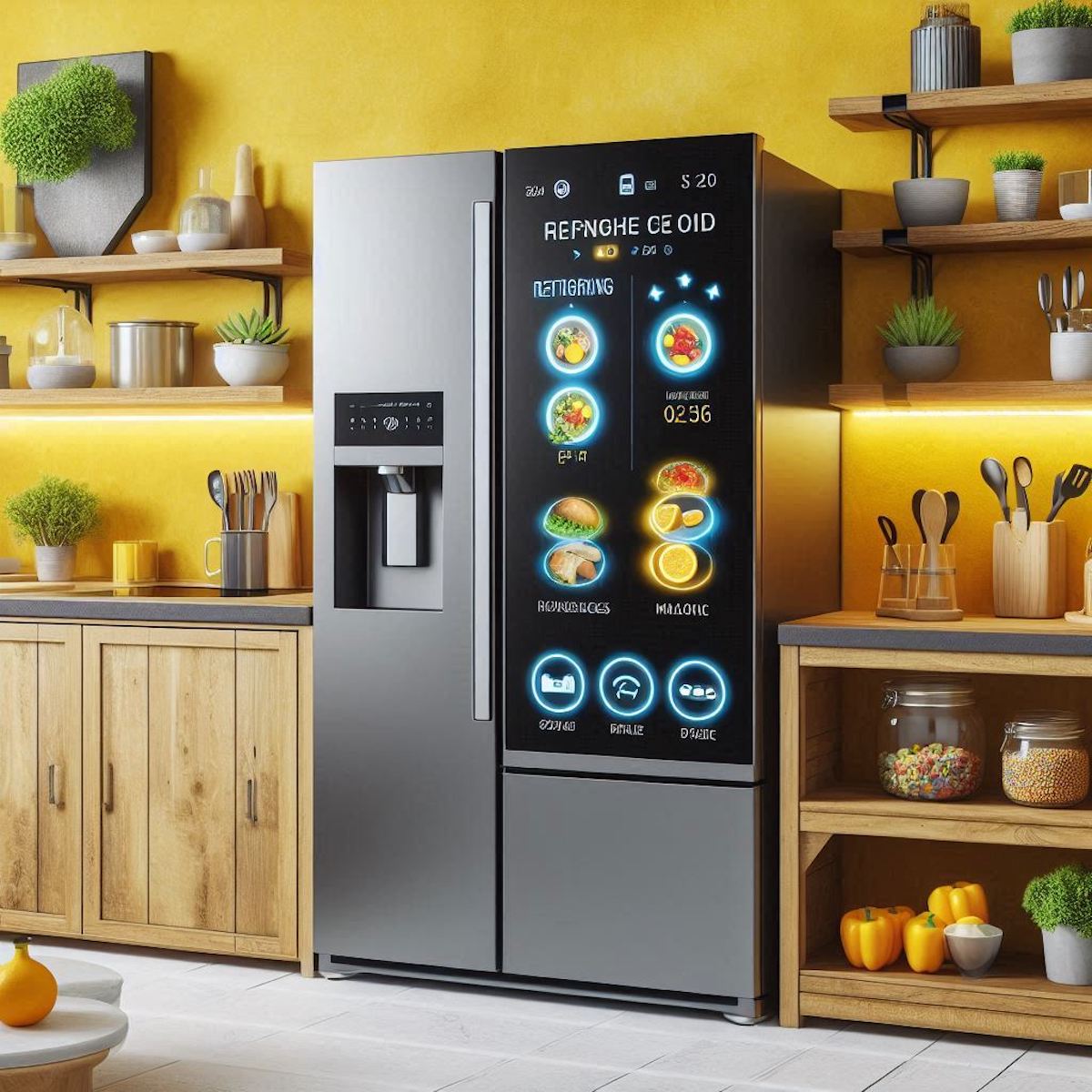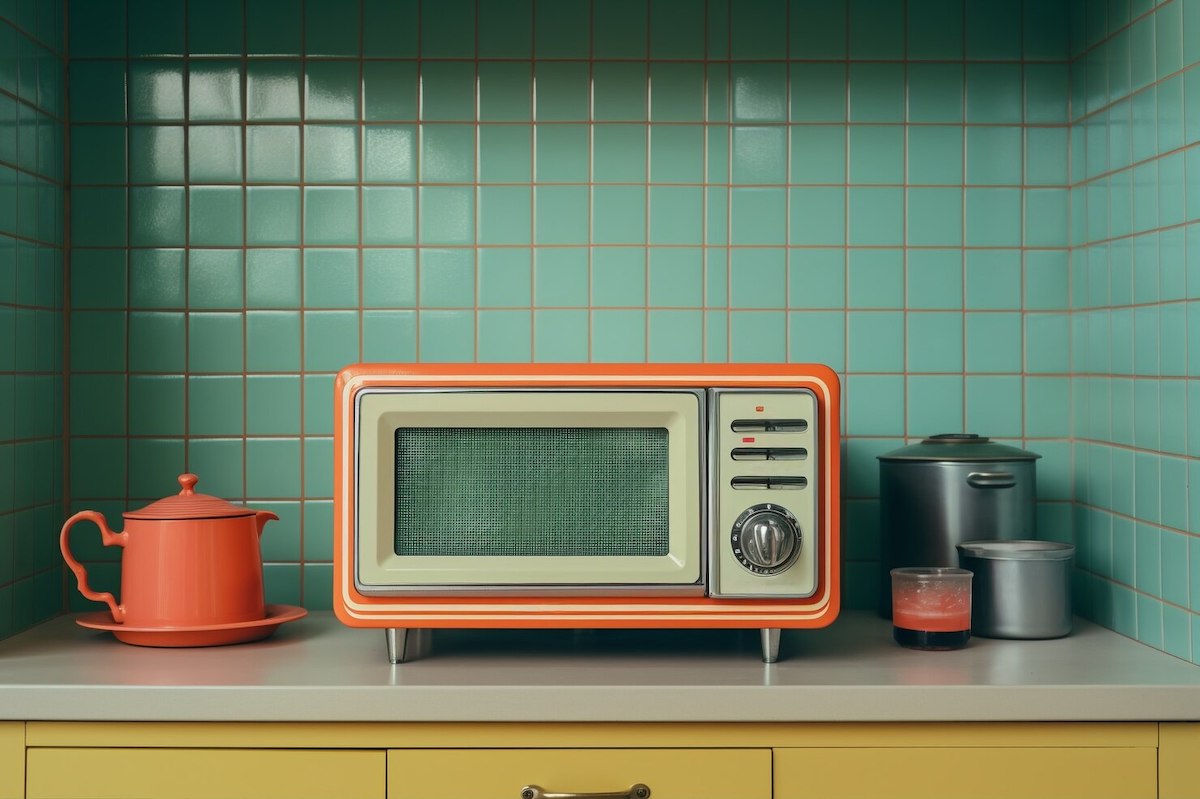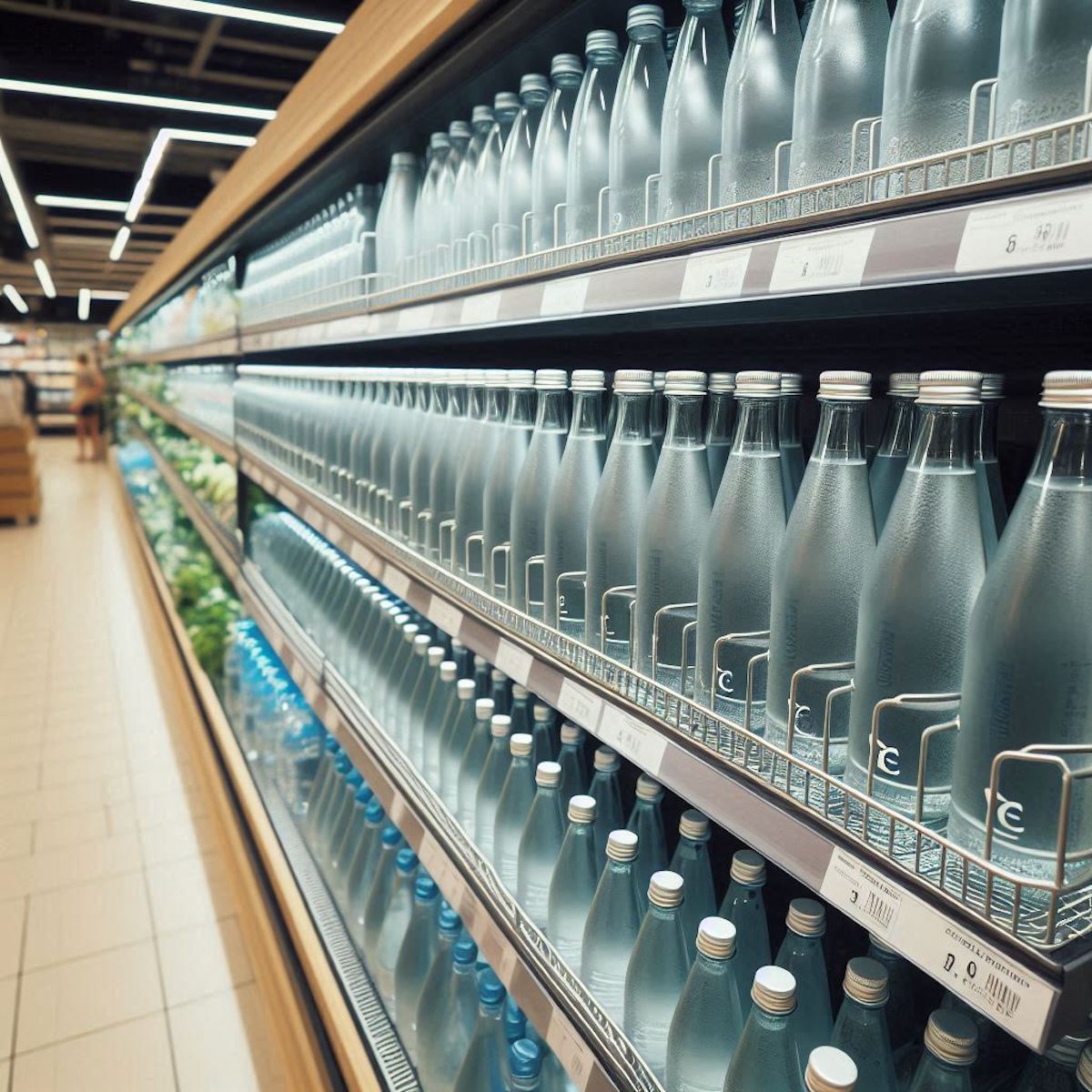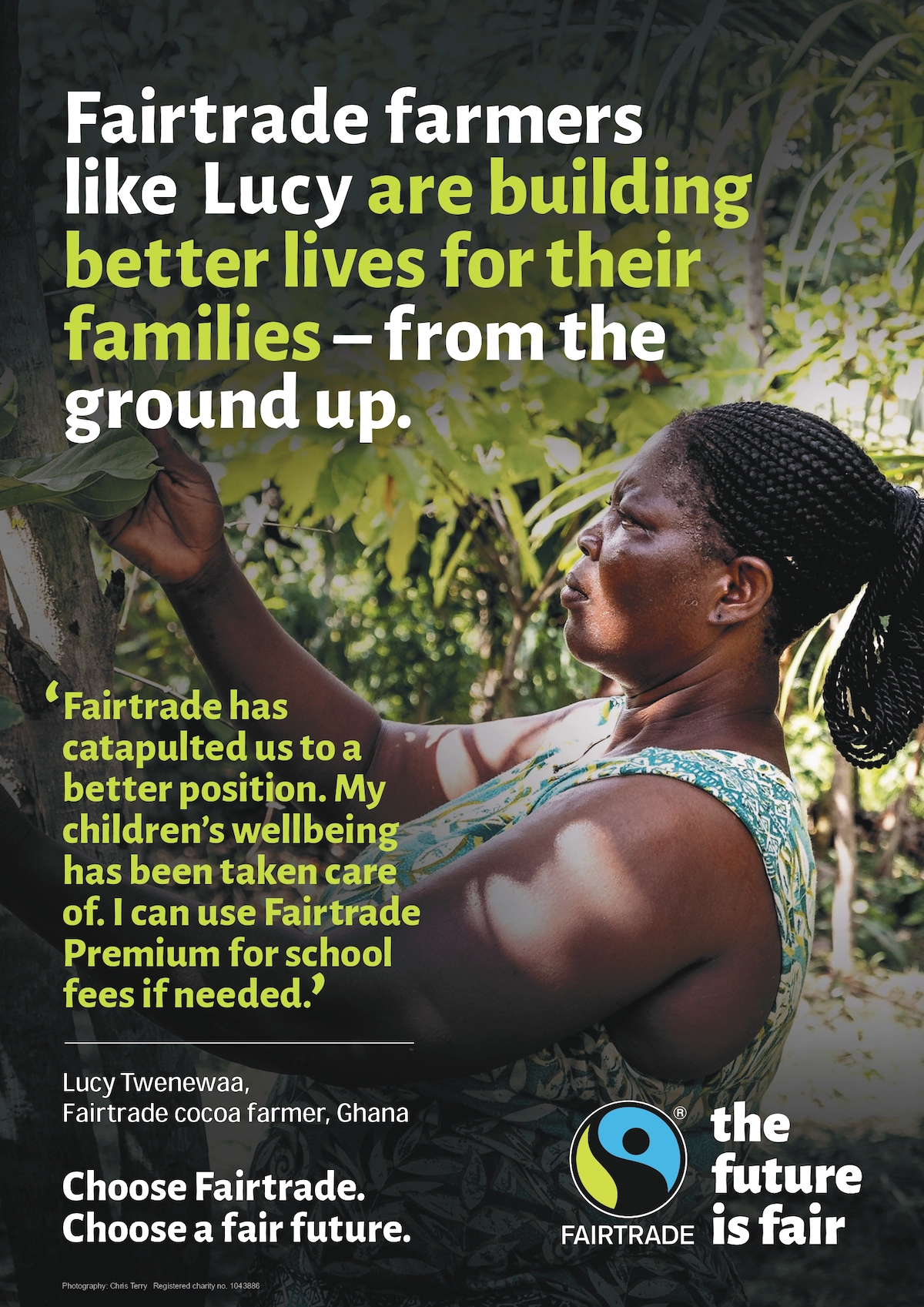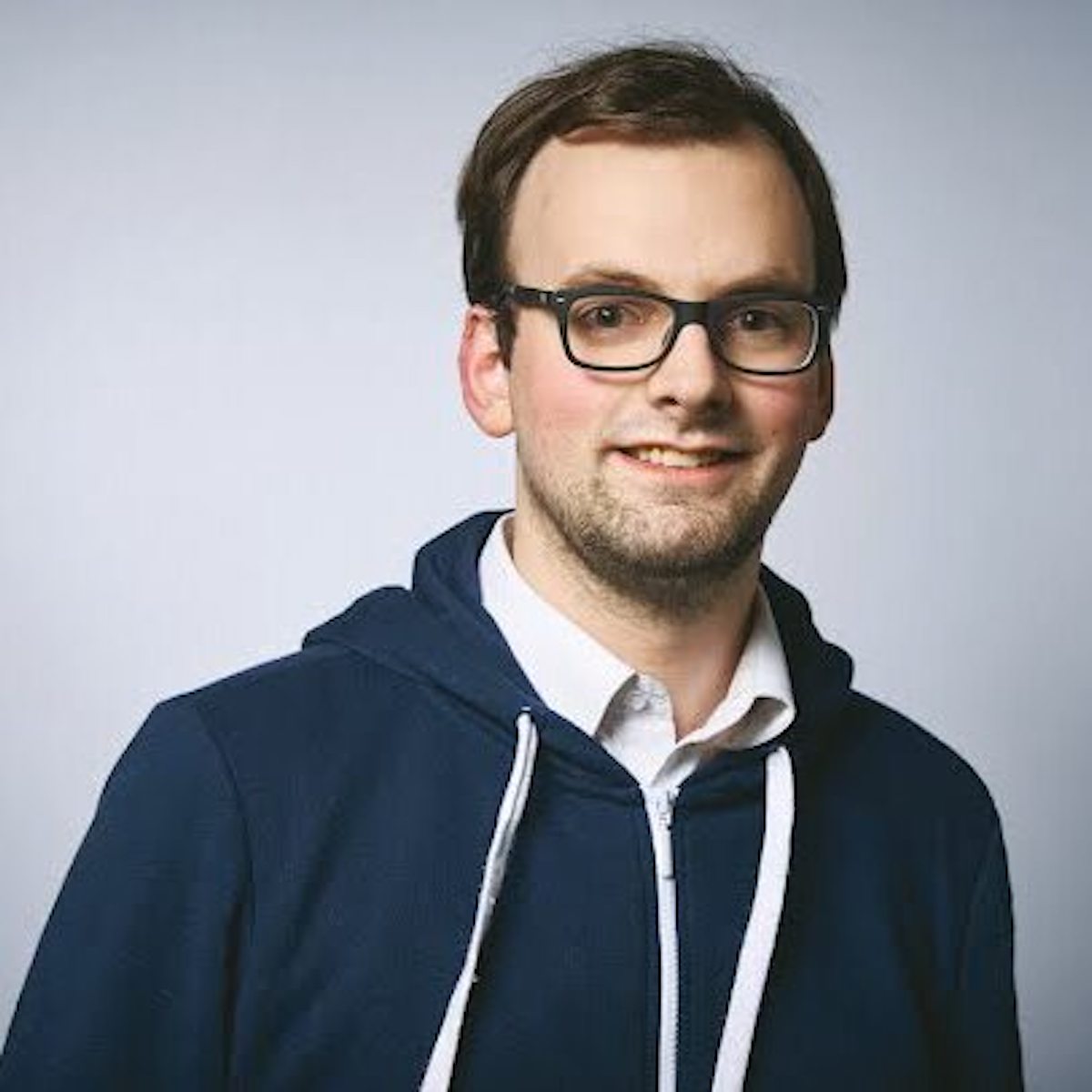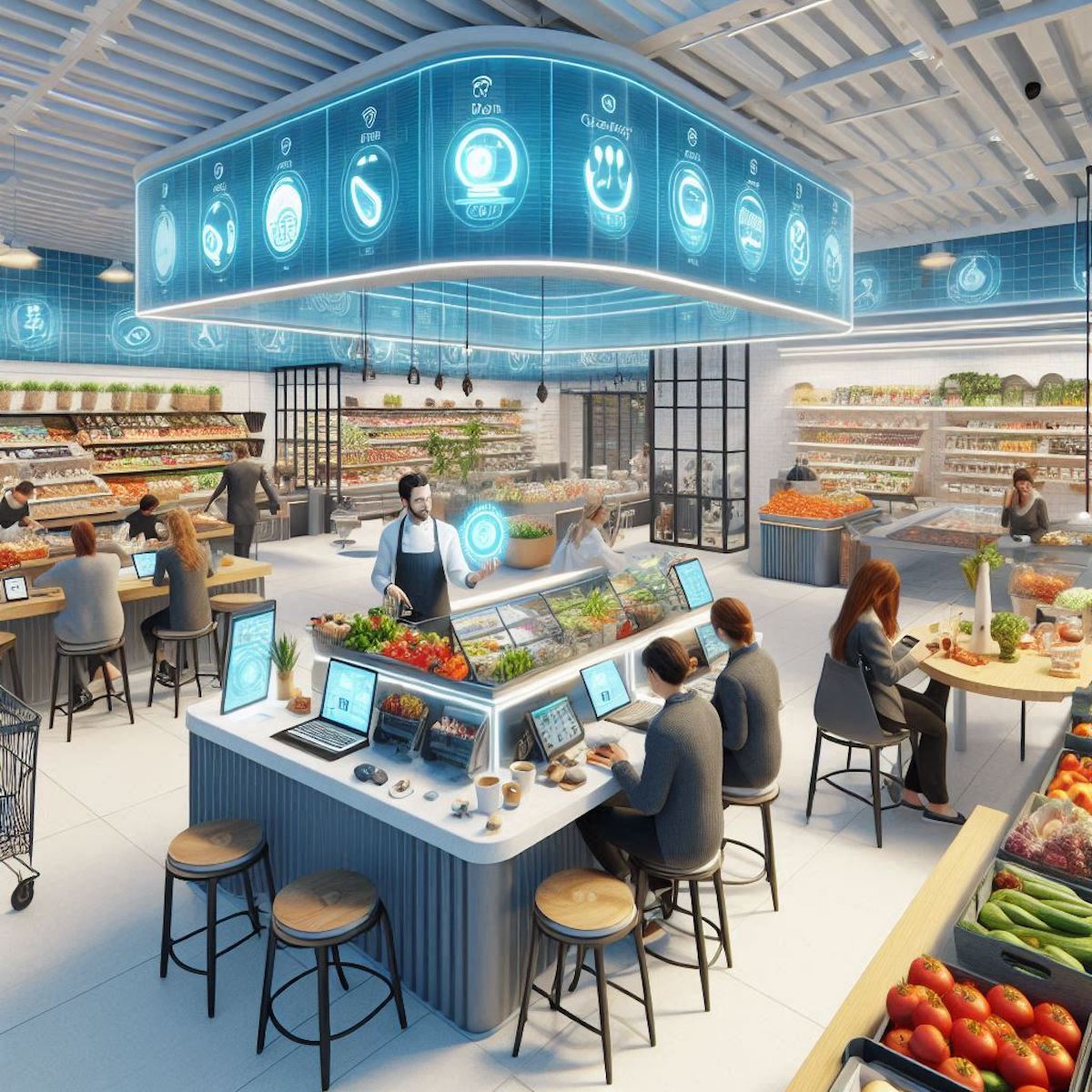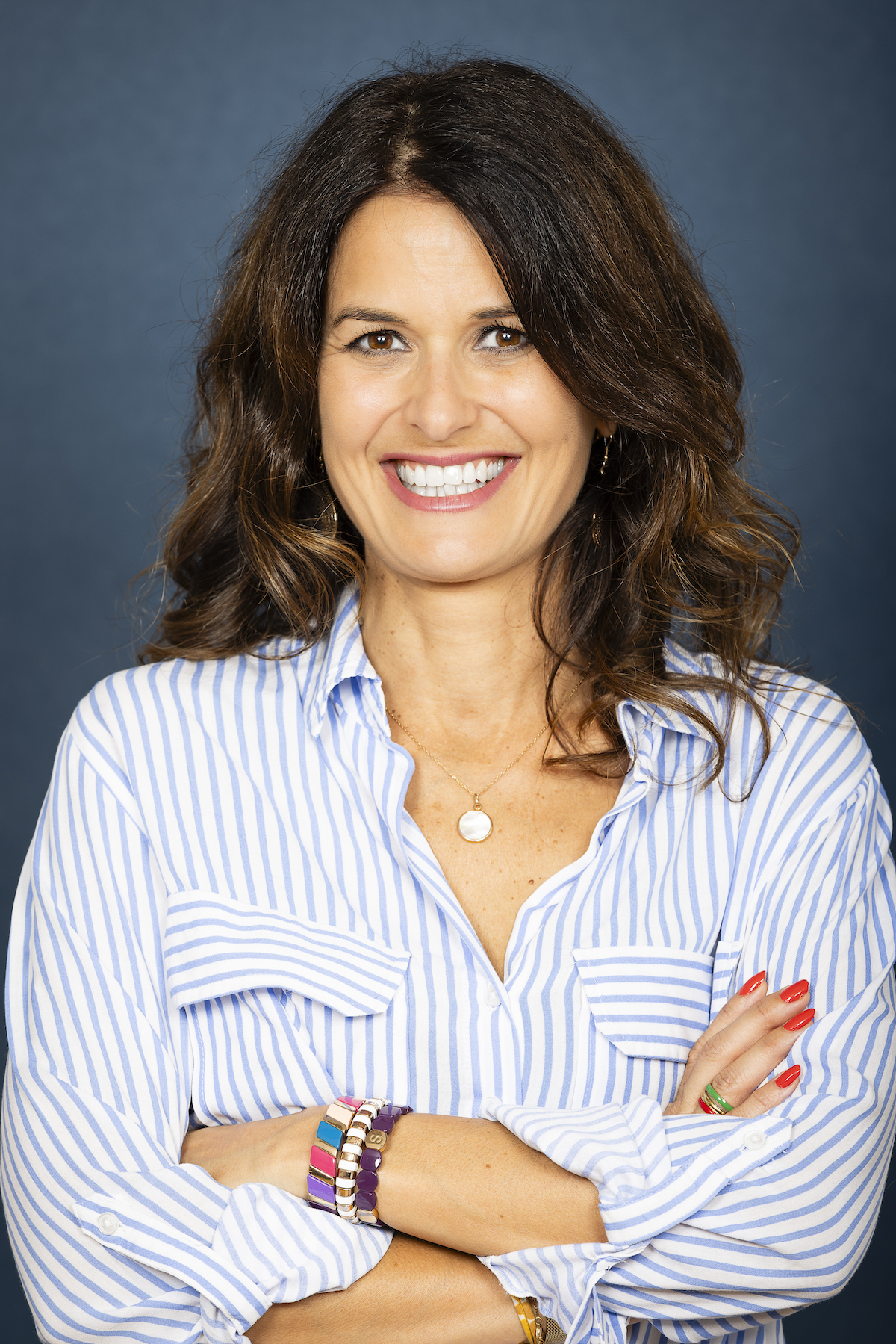What will the food innovations of tomorrow look like?
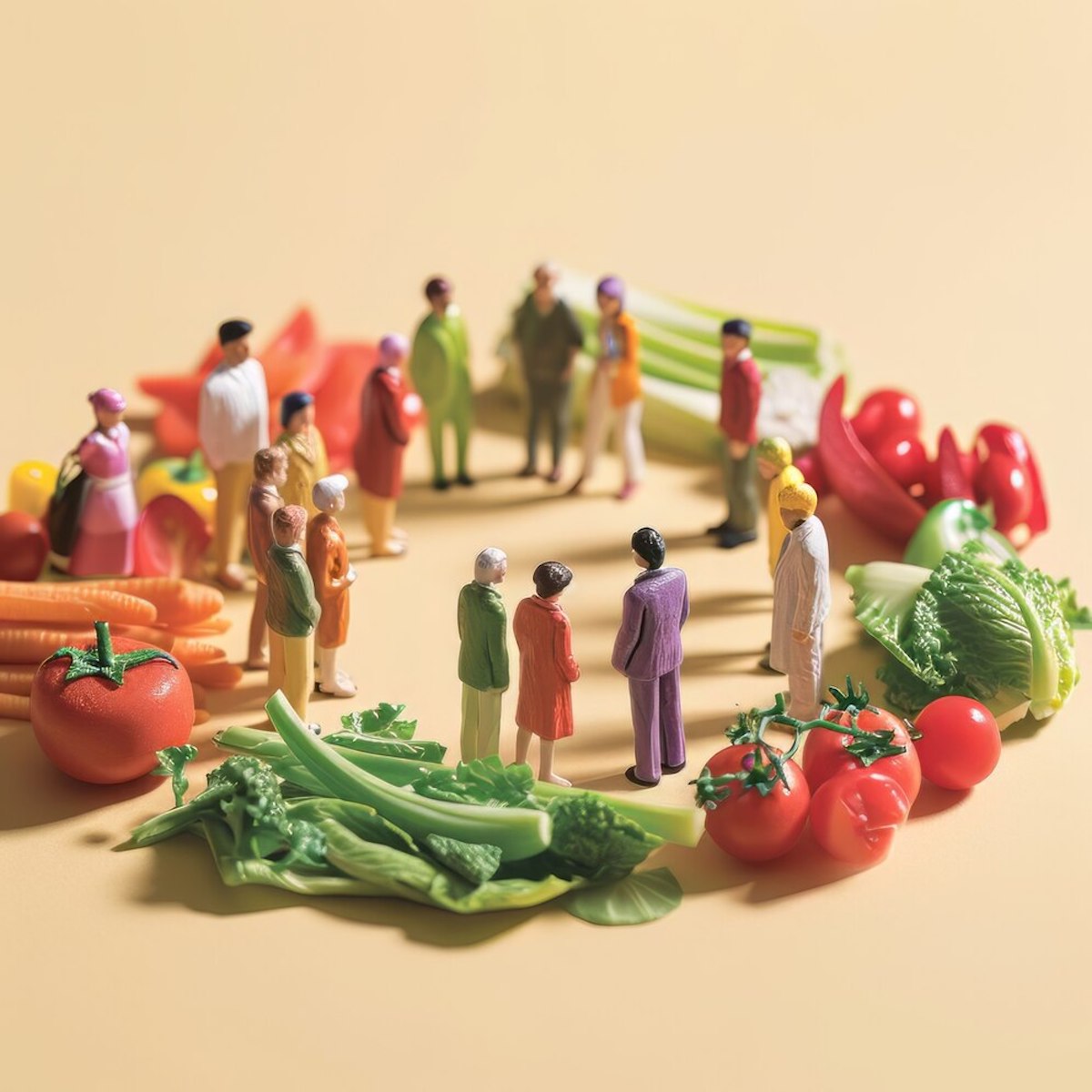
A global trendsetter in the agro-food industry, both a witness and an actor in the transformations that have evolved consumption habits, SIAL Paris is seizing its anniversary edition, which will be held from October 19 to 23, 2024, to highlight the innovations that have marked their era since 1964. It is also an opportunity to explore possible futures through the eyes of several experts. So, what will the food innovations of tomorrow look like? Let’s zoom in on four future trends, resulting from six decades of transformations.
In 1967, Amara, a division of Whirlpool Corp, introduced the first consumer microwave (it wasn’t until 1979 that Moulinex launched the first consumer microwave in France). The current trend in household appliances responds to the search for efficiency but also for pleasure. Not to mention the need to reduce energy consumption. The Air Fryer, which has managed to carve out a place in an already crowded market, is a perfect illustration.
And tomorrow? For Brice Konda, co-founder of Inpulse, AI will be the ally of responsible cooking. “Several manufacturers, like Samsung and LG, are working on the development of connected and intelligent refrigerators and cooktops. With automatic identification of incoming and outgoing products coupled with expiration date management, users will receive notifications about which products to prioritize… both on the device’s screen and on their smartphone.”
These technologies are expected to become more widespread. “Additionally, analyzing individual habits could assist consumers in their purchasing and ordering actions through a direct connection with distributors’ websites and personalized recommendations.”
© SIAL Paris
60’s Trends
Photo 1 : Brice Konda, co-founder of Inpulse.
Towards “enhanced drinking water.”
Back in the 70s, Pepsi adopted PET plastic (polyethylene terephthalate), which is three times lighter, clearer, and stronger than PVC. From the 90s, this material became a standard in the bottled water sector.
The health and ecological scandal currently affecting bottled water might suggest that the idyll with consumers is coming to an end…
For Mike Hecker, founder of BE WTR, a Swiss company multiplying solutions to make tap water more attractive, water from public networks appears more essential than ever. The consumption of “enhanced drinking water” is becoming more precise. “With our bottled water offer for restaurateurs, we provide a quality guarantee, making them proud to serve this product. The bottle is sealed and undergoes the same analyses and approvals as traditional bottled waters. The consumer is fully reassured and enjoys superior organoleptic quality.”
SIAL Paris emphasizes that to encourage drinking tap water, tasting experiences must multiply, while following a sobriety logic that echoes current issues. An example? Bubble-It, winner of the Start-up Special Prize at the SIAL Innovation 2022 competition, which proposes to turn still water into sparkling water with a simple powder preparation.
© SIAL Paris
70’s Trends
Photo 4 : Mike Hecker © StinaSvanberg
Clarity and transparency: two essential marketing arguments.
At the end of the 1980s, the creation of the Max Haavelar fair trade label caught SIAL Paris’s attention. This international label inspired numerous initiatives in favor of producers’ well-being and environmental respect. Today, labels and packaging shape consumer choices. “In addition to the five state-recognized labels, including Label Rouge, Appellations d’Origine Contrôlée (AOC), and Organic Agriculture, hundreds of private initiatives find their place on packaging, responding to a strong need for transparency,” says SIAL Paris. But consumers have gradually gotten lost in a jungle of labels…
To ensure the label is no longer a magical tool, organizations such as FAIR[e], Bioconsom’acteurs, and ActionAid have developed a “Label Compass,” allowing everyone to make an informed choice. “International initiatives are deploying similar mechanisms to Nutri-Score, both in China and the United States, demonstrating the global nature of the movement, based on open and shared standards,” emphasizes Pierre Slamich, co-founder of the Open Food Facts association. This association offers manufacturers a free dedicated platform supported by Santé Publique France, where they can enter their product data and gain valuable insights on improvement paths. The tool allows consumers to obtain the automated Nutri-Score calculation, even when it is not present on the package. “Clarity and transparency have become very effective marketing arguments: distributors have understood this well and were among the first to deploy Nutri-Score V2, creating a real dynamic,” rejoiced Pierre Slamich.
© SIAL Paris
80’s Trends
Photo 2 : Pierre Slamich
The emergence of a form of “pleasure sobriety.”
The highlight of the 2000s, according to SIAL Paris, was the appearance of the first drive-through in France in 2004 in Marcq-en-Barœul, near Lille. Since then, this distribution channel has developed significantly, and pick-up points have multiplied: between 2020 and 2021, the number of drive-throughs in France jumped by 1,000 units, from nearly 5,200 to over 6,200. “Automated preparation warehouses, pedestrian drive-throughs, presence on delivery platforms: the acceleration towards digitalization is now palpable, and initiatives are multiplying to increase both the efficiency of structures and proximity to the consumer,” notes SIAL Paris.
Emily Mayer, Director of Studies at Circana, predicts the emergence of a form of “pleasure sobriety,” with a responsible offer deployed in a pleasant environment to meet the expectations of increasingly informed, engaged, but also more anxious consumers. To achieve this, the use of technology “placed at the service of humans” will be a key element. “Artificial Intelligence and mechanical solutions can relieve employees of low-value-added tasks and accelerate the resolution of irritants, such as product shortages or waiting times at checkouts.”
“Customer relationship and advice could thus become the heart of distribution professions,” predicts Emily Mayer, “allowing the creation of high-value-added experiences and events such as cooking classes or meetings with producers. On its side, the physical store will endure, while being more accessible and personalized: with locations closer to consumers (including in rural areas) but also in its offerings and prices.”



